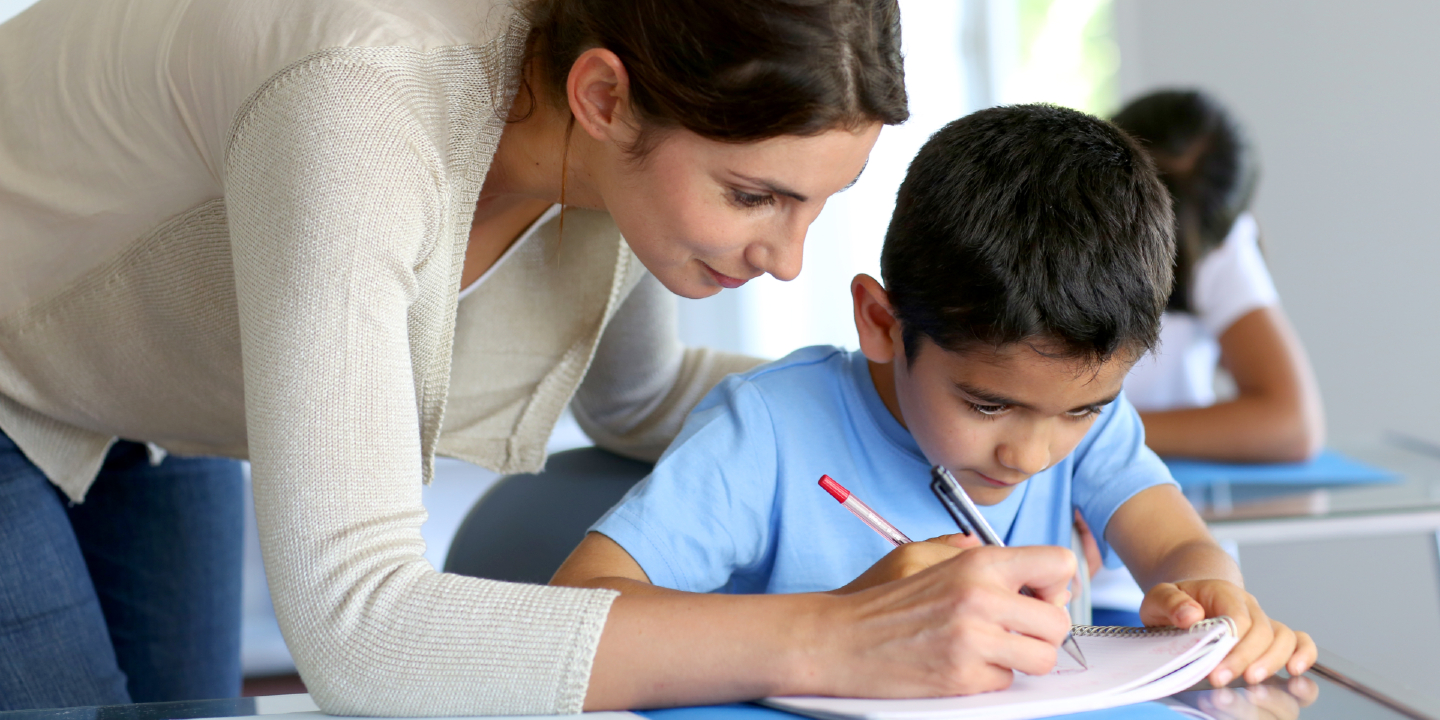
How can school systems create the conditions for success?
ACER news 14 Mar 2024 5 minute readACER is investigating how jurisdictions can be helped to develop coherent, equitable learning systems. A new podcast shows how some of the world’s top-performing school systems are doing this.
In episode 2 of their series on world-class learning systems, ACER Chief Executive Professor Geoff Masters AO and Teacher editor Jo Earp discuss how British Columbia, Estonia, Finland, Hong Kong and South Korea are creating the conditions for all students to learn successfully.
In his latest book, Building a world class learning system: insights from some top performing school systems, Professor Masters says these systems recognise there are 2 basic preconditions to ensuring every student has an opportunity to learn successfully:
- no student is denied access to learning opportunities available to others
- the creation of conditions conducive to each student’s learning.
As Professor Masters explains in the podcast, ‘What you can see in these 5 school systems is that they go to some lengths to ensure that there's a level playing field, in the sense that students are not disadvantaged by their different backgrounds and their different circumstances.
‘Within the general attempt to ensure a level playing field, they then do a pretty good job of working out how to identify firstly and then address the differing needs of individual students.’
Professor Masters shares examples of how the high-performing systems do this, such as ensuring their better teachers are in more disadvantaged schools, reducing the concentration of students from particular backgrounds within particular schools, and providing students with free meals and free or heavily subsidised books and devices.
‘They do what they can to ensure every school is a good school, and every student has access to a good teacher,’ he explains.
Professor Masters found all 5 jurisdictions have emphasised developing more inclusive learning systems, so every student has access to a comprehensive school and progresses through the same curriculum.
‘Yes, they're not all at the same point at the same time, but every student is on the same path of learning, and the expectation is that every student should be able to make ongoing progress if we can meet them where they are and address their current needs. And eventually every student should be able to achieve high standards given sufficient time.’
Professor Masters discusses how the jurisdictions are responding to the needs of immigrant and First Nations students. In British Columbia, where there is a large immigrant population and around 200 distinct First Nations, the Education Ministry encourages local boards of education to work with their local communities to find ways to ensure that all students are included in schooling. Finland provides immigrant students the opportunity to study in their own language for part of each week. Korea provides counselling and welfare services for students of immigrant families, and has established a mentoring scheme in which university students support the learning of students in schools.
‘These programs are all designed to recognise that students are coming with different needs; that if they're going to succeed in the school system, they will need particular kinds of support,’ Professor Masters explains.
‘Equity for me is not equality … Equity is about recognising individuals as individuals and going to the trouble of meeting them where they are.’
Find out more:
Visit Teacher magazine for the full podcast and transcript for episode 1 and episode 2.